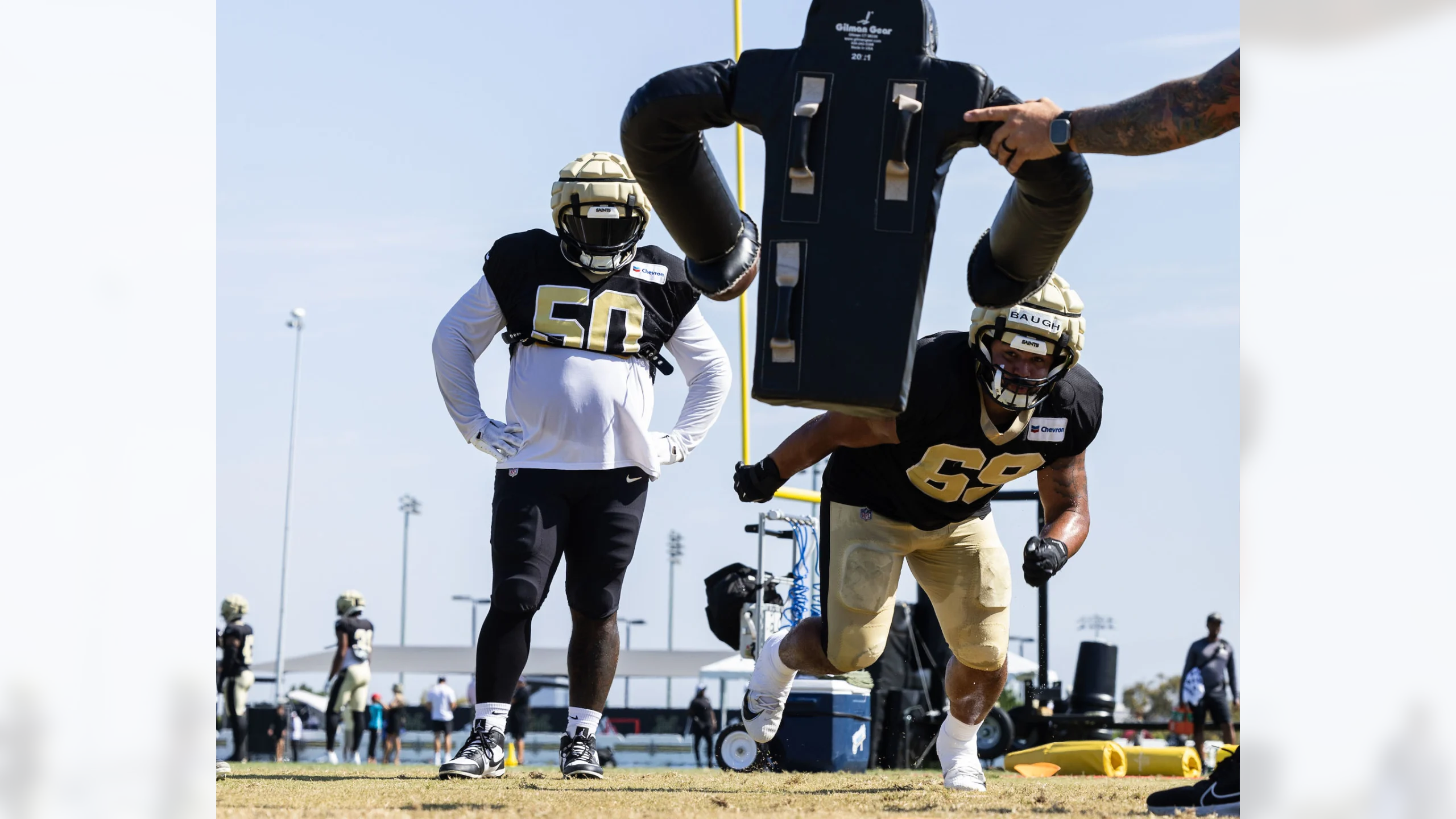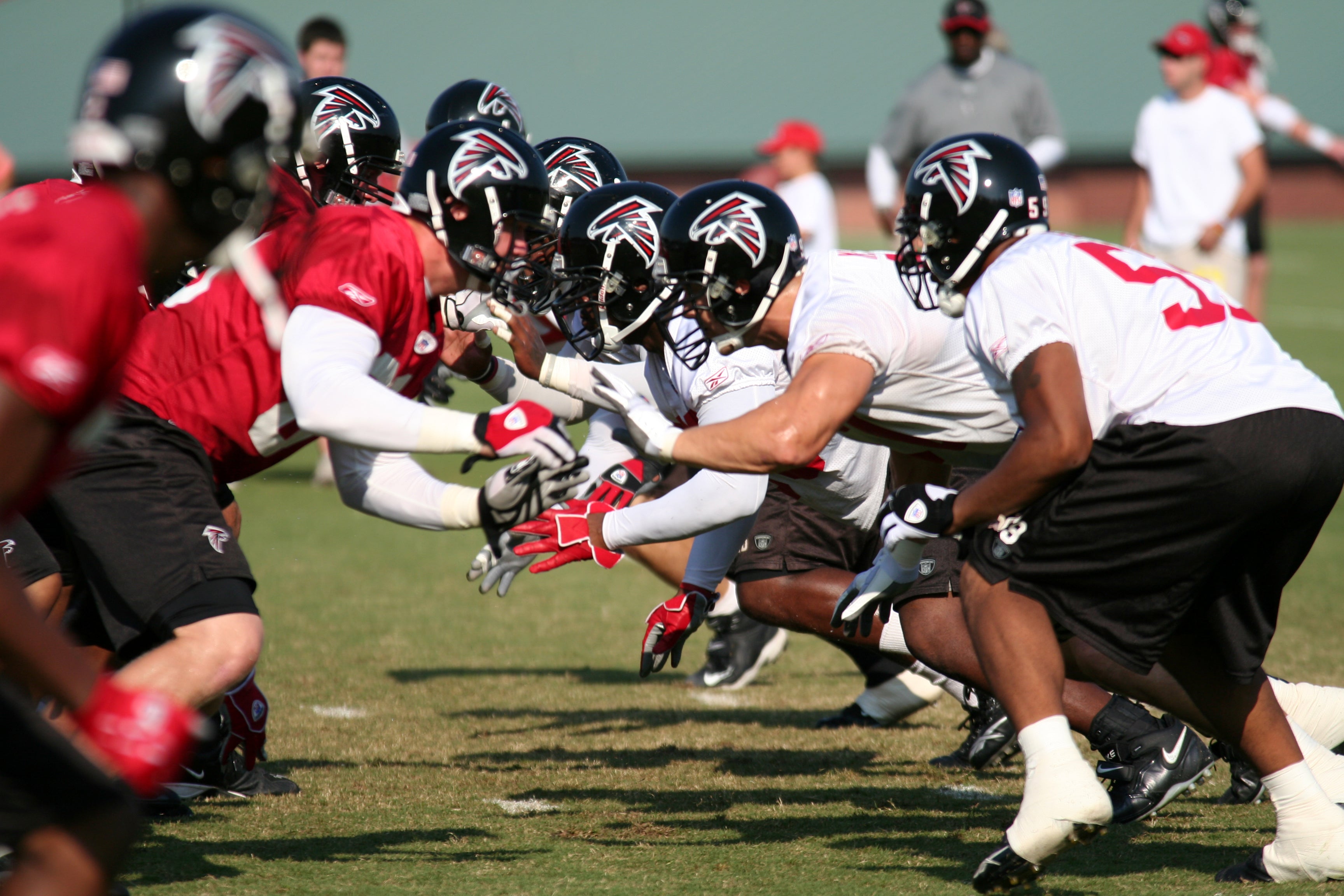Leading Organizations Making a Difference
Tackling Heat Risks in Professional Sports
Heat-related challenges are increasingly front and center in professional sports, where high-performance demands often meet extreme weather conditions. To help reduce risk and improve athlete readiness, key organizations are leading efforts to promote safer practices through structured guidelines, resources, and ongoing research.

Key Organizations Shaping Heat Safety
Several national organizations play a critical role in shaping heat illness prevention across sports:
National Athletic Trainers' Association (NATA): NATA develops widely adopted best practices on identifying, responding to, and reducing heat stress in athletic settings. Their resources support training and operational planning for sports teams at every level.
Centers for Disease Control and Prevention (CDC): The CDC provides nationwide awareness initiatives and practical heat safety recommendations, helping athletes and teams stay informed and prepared across outdoor environments.

Pro Sports Leagues in Action
National Football League (NFL):
The NFL incorporates strict environmental protocols, including scheduled hydration breaks, shaded rest areas, and adjusted training based on weather conditions. These measures are reinforced by ongoing collaboration with health researchers and sports scientists.
Major League Baseball (MLB):
Given the outdoor nature of the game and long summer schedule, MLB teams adapt with built-in hydration routines, shaded dugouts, and the flexibility to delay or shift games during periods of excessive heat.
Major League Soccer (MLS):
Soccer players face extended high-intensity exertion with minimal gear breaks, making heat management a critical concern. MLS clubs incorporate hydration protocols, early game start times or rescheduling in extreme heat, and sideline cooling strategies to help players stay safe. League-wide education campaigns also emphasize recognizing signs of heat stress and prioritizing recovery—especially during summer tournaments and international matches held in warmer climates.
National Basketball Association (NBA):
Though games are held indoors, summer leagues and outdoor events still pose heat risks. The NBA emphasizes hydration awareness and recovery strategies while partnering with sports medicine groups to improve heat safety education for players.
The Road Ahead
As climate trends shift, extreme heat will continue to challenge athletes. Proactive education, real-time monitoring, and adaptive protocols will be key in helping professional leagues protect player performance and long-term health. These efforts not only set a precedent for athlete care—but also influence how sports at every level respond to heat in the years to come.